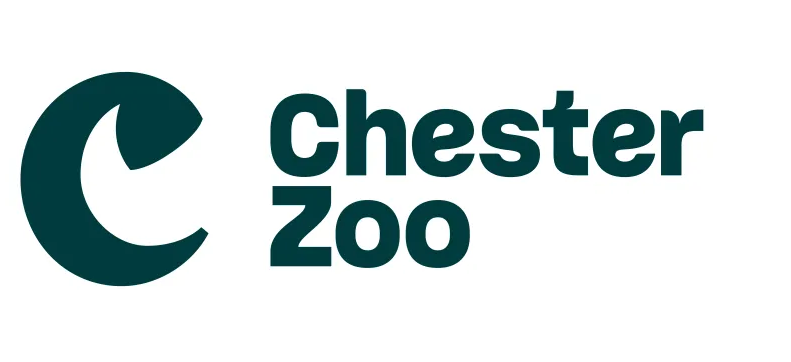Behaviour and social bonds of African elephant calves under different holding systems in European zoos
DOI:
https://doi.org/10.19227/jzar.v12i3.811Keywords:
behaviour, Loxodonta africana, husbandry conditions, management systems, welfare, zoo elephantsAbstract
Husbandry conditions of elephants in zoos have been discussed for many years. The European studbooks for African Loxodonta africana and Asian elephants Elephas maximus recommend certain conditions, which participating institutions constantly aim to improve. Housing, feeding, group social composition and the amount of human intervention with zoo elephants has changed over time. Decisions to adjust husbandry conditions require empirical data to validate potential benefits. This study evaluates possible differences in the social and general behaviour of nine African elephant calves depending on three management systems or holding conditions ‘free contact’, ‘protected contact’ and ‘no contact’ in four zoos. For each calf, interactions with the mother and other herd members were investigated and the social and general behaviour was described using the next-neighbour method and an ongoing behavioural record applying an ethogram. Statistical analysis was performed with a Kruskal-Wallis test. Results reveal no significant differences in calves’ interaction with their mothers and other herd members or their social and general behaviour between management systems. However, general differences in the spatial distancing of calves in zoos and calves living in situ were found. The calves in this study kept greater distances (up to 5 m) at an age of 6 to 48 months, while in situ calves of the same age are known to stay within reaching distance of the closest herd member. Data testify that choice of holding system does not influence social behaviour or distance of calves. However, possible differences in the development of social behaviour between in situ versus ex situ calves should be further investigated.
Downloads
Published
Issue
Section
License
JZAR fulfils the DOAJ definition of open access and provides free and open access to the full text of all content without delay under a Creative Commons licence. The copyright holder of JZAR publications grants usage rights to third parties, allowing for immediate free access to the work and permitting any user to read, download, copy, distribute, print, search, or link to the full texts of articles.







